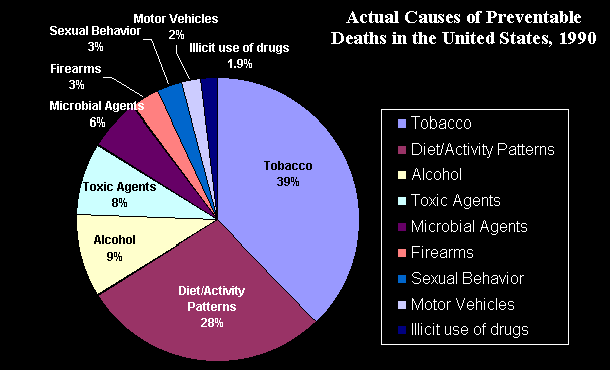
In: Gopal B, Junk WJ, Davis JA (eds) Biodiversity in wetlands: assessment, function and conservation. FUNDIBIO/ FAPSP, Botucatu, pp 281–319Īgostinho AA, Thomaz SM, Minte-Vera CV, Winemiller KO (2000) Biodiversity in the high Paraná River floodplain. In: Henry R (ed) Ecologia de Reservatórios: estrutura, função e aspectos sociais. Rev d’Hydrobiol Trop 26:79–90Īgostinho AA, Okada EK, Gregoris J (1999) A pesca no Reservatório de Itaipu: Aspectos sócio-econômicos e impactos do represamento. Maringá, EDUEMĪgostinho AA, Vazzoler AEA, Gomes LC, Okada EK (1993) Estratificación espacial y comportamiento de Prochilodus scrofa en distintas fases del ciclo de vida, en la planicie de inundación del alto río Paraná y embalse de Itaipu, Paraná, Brasil. Our data also suggest a recruitment failure in 20, due to the lack to flooding, which also caused lack of habitat connectivity.Īgostinho AA, Zalewski M (1996) A planície alagável do alto rio Paraná: importância e preservação. There was substantial variation in length-at-age in most but the youngest ages, in the intermediate ages there was a mix of individuals from various locations with markedly different growth rates. Using a von Bertallanfy growth function, the asymptotic standard length (L ∞) for the whole population was estimated to be 68.84 cm, the growth coefficient (K) was estimated to be 0.15 year −1 and t 0 was assumed to be 0 year. The agreement between otolith and scale readings was significantly low (about 40%). The agreement between the otoliths was higher (about 80%) than between the scales (about 70%). The otoliths showed one to eight annuli and the scales had one to six circuli.

To better understand the ecology and biology of the curimba in the Paraná River and to provide basic information for fisheries stock assessment, this study address the following questions: Do age estimates derived from otoliths and scale agree for Prochilodus lineatus? What is the growth trajectory for curimba in the upper Paraná River? What is the age structure of the population in the upper Paraná River? Is there any evidence of spatial stratification in population age structure or growth? Fish were sampled in the Paraná, Ivinhema and Baia Rivers and in the Itaipu reservoir from 2012 to 2013.


 0 kommentar(er)
0 kommentar(er)
